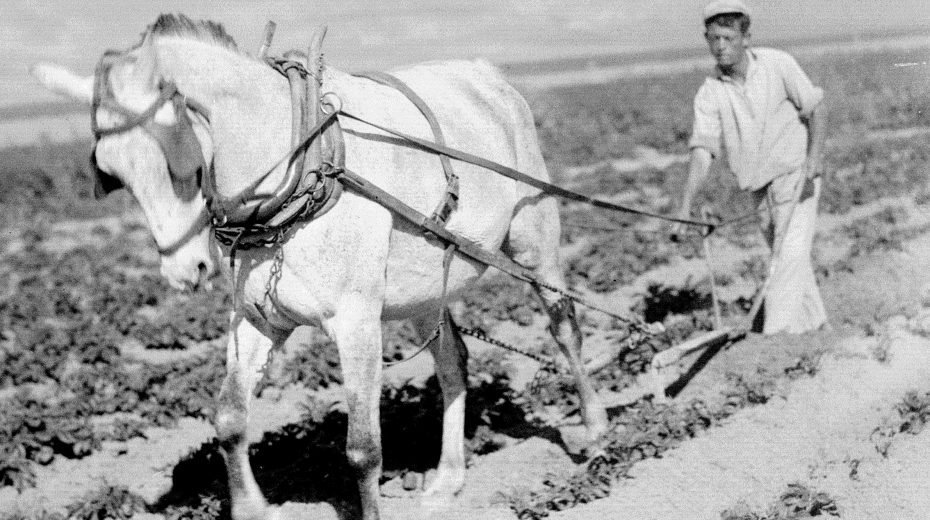From an Agricultural to a Hi-Tech Society
Israel’s sudden rebirth 70 years ago saw the early pioneers struggling to scratch a living from a land that just a few decades prior had been almost entirely barren
Then

 Israeli pioneers used horse-drawn plows and planted the Negev desert, 1950
Israeli pioneers used horse-drawn plows and planted the Negev desert, 1950
Now


The Rahav (which is the Hebrew name for Neptune, the Roman god of the sea) can hold up to 45 soldiers and launch cruise or nuclear missiles at targets several hundred miles away. The submarine has state-of-the-art Air-Independent Propulsion (AIP). AIP allows these submarines to remain silently submerged and undetected for up to 30 days at a time
Centuries of deforestation and neglect had rendered the land nearly untillable. On top of that, water shortage was as much a problem in those days as it is today. Despite these challenges, as well as a lack of any serious natural resources, these pioneers succeeded by applying hard work and innovation to their agricultural efforts.
The result, as we all know, was the greening of this desert wasteland, and the transformation of swamps into lush farmland. Over the past 70 years, Israel has more than doubled the total area of cultivated land (from 408,000 acres to 1,070,000 acres). In fact, the expansion of agricultural production has even outstripped Israel’s explosive population growth rate.
All of this was made possible thanks to the concentrated communal efforts fostered by the kibbutz movement. Where a loose collection of individual farmers could never have accomplished so much in such a short time, the hundreds of pioneering kibbutzim achieved nothing short of a modern miracle.
Along the way, Israel’s farms not only succeeded in feeding the young nation, but also developed new crops (including one of the more popular varieties of cherry tomato and the pomalit, a hybrid of a grapefruit and pomelo) and groundbreaking agricultural technology (like drip irrigation). Given Israel’s limited size and resources, it couldn’t afford to have a large percentage of its crops spoil before use, so local researchers also developed fruit and vegetable variations with significantly longer shelf-life. This had a global impact, as farmers everywhere can now produce much larger quantities without fear of waste.
Agriculture is a much smaller part of Israel’s modern GDP, falling from nearly 6 percent in 1979 to just 2.5 percent in 2008. But, even at those rates, Israel still produces nearly 95 percent of its own food requirements.
Hi-tech is today the jewel of the Jewish state’s economy, but the
approach is much the same as that taken by the early settlers. Whereas
the agricultural ingenuity of those pioneering years brought forth
bounty from the land, and helped teach much of the rest of the world how
to better feed themselves, the fruits of today’s hi-tech innovations
are likewise changing lives around the globe.
Bio-tech and medical researchers are literally helping the lame to walk
and the blind to see, as well as providing more affordable treatment for
the world’s neediest populations. Who among us could today imagine our
lives without real-time GPS navigation, or the ability to quickly and
effortlessly save and transfer large amounts of personal data? These
things, too, were made possible largely by the efforts of Israeli
pioneers applying their ingenuity to solve local problems, and in the
process providing global solutions.
In 70 short years, Israel has gone from a motley agrarian society striving to farm a barely-arable land to a global hi-tech powerhouse. Who knows where Israeli innovation and ingenuity will take this nation in another 70 years.
1 comment:
They did pretty good for themselves over there. Too bad people won't just leave them the fuck alone.
Post a Comment